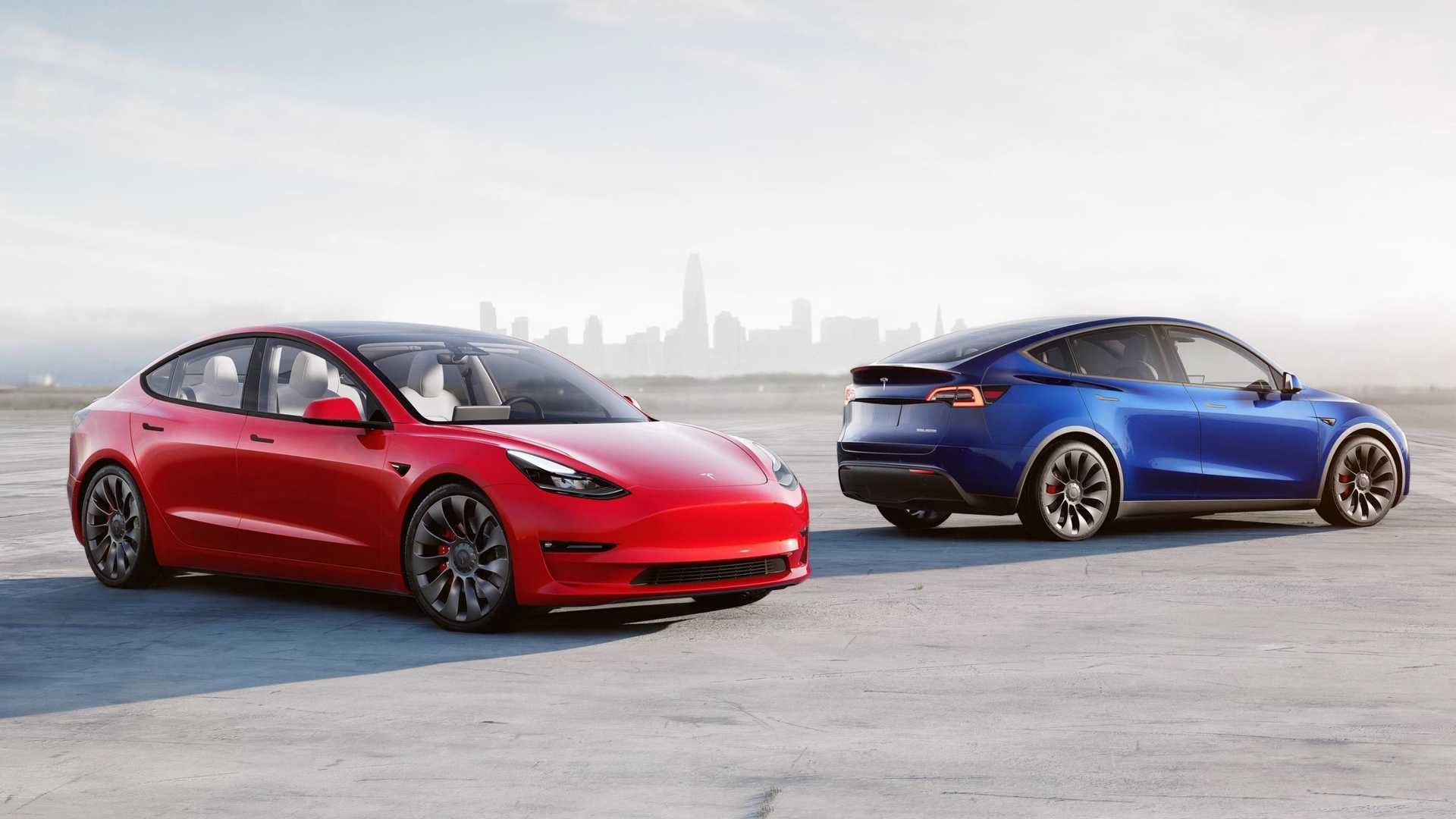This looks like potentially huge technology for long-term storage needs and the research institution is reputable. The
Pacific Northwest National Laboratory is one of the premier scientific organizations in the world as a part of United States Department of Energy, and one of its areas of specialty is sustainable energy, which makes me less skeptical of this just being yet another Battery Breakthrough announcement about dead-end technology.
“Pumped hydro storage is the most used long-term energy storage mechanism across the globe, but power distribution is limited due to regulatory concerns and geological constraints. Conversely, green hydrogen generated by excess electricity from renewable energy is a possible solution for seasonal storage, but it is hampered by hydrogen storage challenges and low roundtrip efficiency—the amount of energy put into storage that can later be retrieved. Finally, conventional batteries are not a recommended solution because of self-discharge, limiting storage to only days or weeks.
Researchers at the Pacific Northwest National Laboratory (PNNL) have developed a solution for long-term, seasonal energy storage. The innovative Temperature-based Hibernating Battery effectively cuts off the self-charge function during the battery’s idling period, making it ideal for long-term electricity storage without loss of electricity for several months.”
So basically, it’s a battery that only does anything when at least 180 degrees Celsius, so it doesn’t gradually leak ions like regular batteries.
View attachment 793735
It seems to check all the boxes:
- Simple, probably easy to manufacture
- Raw Materials are cheap ($23/kWh now, claimed future technical roadmap to $8/kWh if iron replaces nickel), abundant, not environmentally or ethically disastrous to obtain, fully recyclable, geographically widespread, and flexible with respect to anode & cathode metal choices
- 90% Energy Efficient per charge-discharge cycle, even for long term use
- Can save energy for YEARS if desired, although main usage would be more profitable weekly and seasonal storage
- Safe - won’t burst into flames, explode, shock anyone while “hibernating”, nor emit uncontrolled toxins
- Mechanically robust, not fragile
- Stable in wide temperature range
- Decent energy density for stationary storage (246 Wh/kg theoretical max; no data provided on actual achieved current value)
View attachment 793740
Clean Technical intro article
PNNL Brochure
PNNL Paper for Nerds






